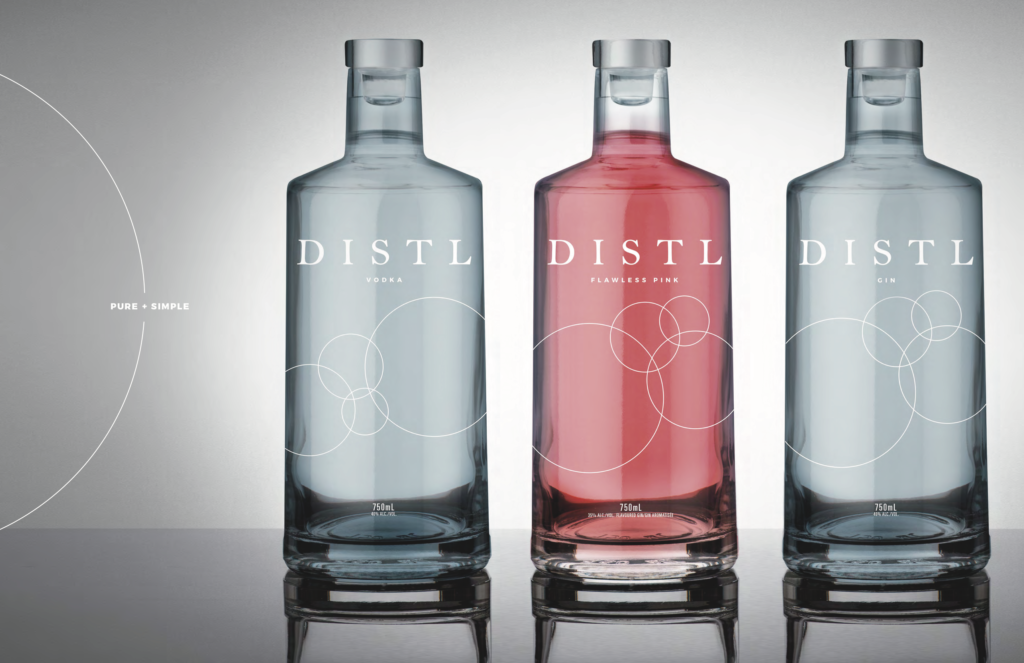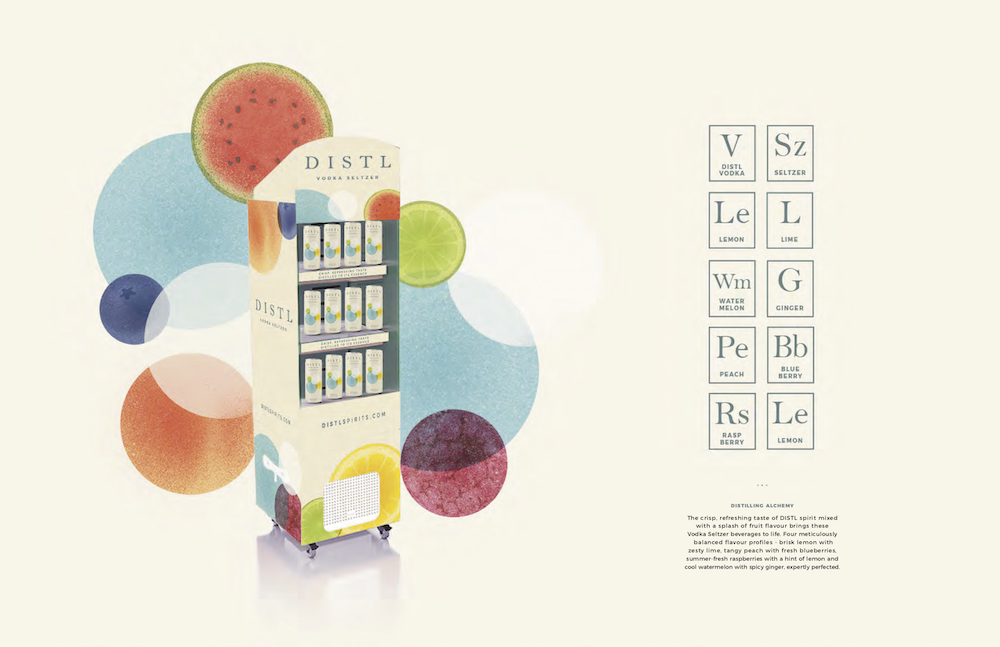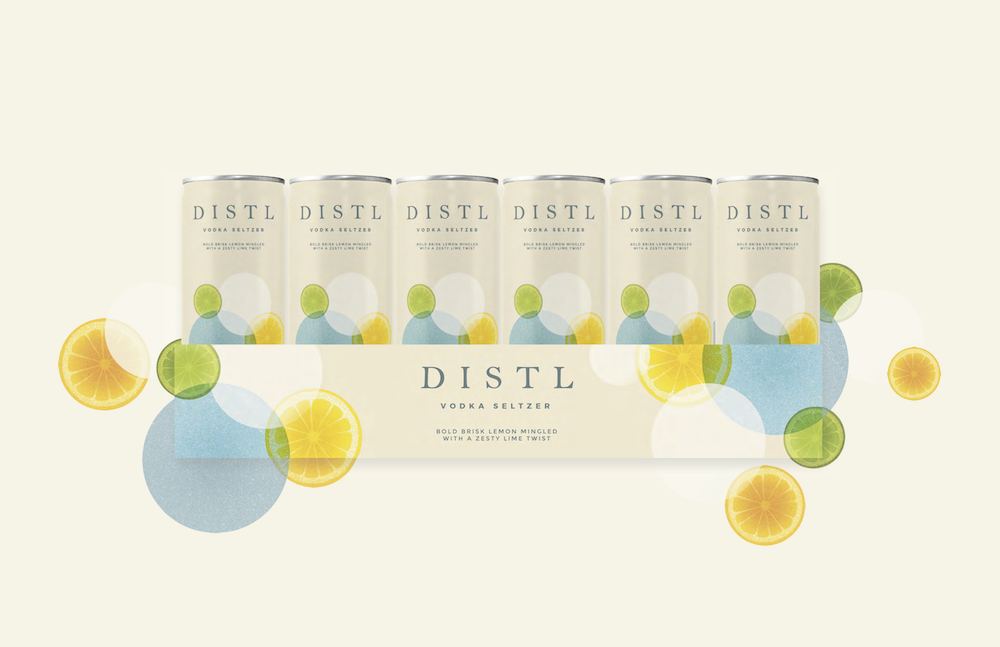With the onset of COVID, growth in the Ready-To-Drink (RTD) category has been booming. Regular sales channels have been modified to meet safety and social distancing standards, opening up opportunities for Ready-To-Drink beverages. People are moving to easy, quick and safe solutions for their buying patterns. Many in the restaurant and hospitality industries (with closed dining areas) have also started to offer alternative options for consumers in drinking pre-mixed alcoholic beverages. This has also extended to golf courses, wedding venues, and concerts where there are staffing shortfalls and the need for a Grab and Go solution makes sense.1
Furthermore, there has been an increase in consumer trends towards more sophisticated premium cocktails. Customers can easily buy their favourite drinks already premixed and simply pour over ice.
Consumers are looking not just for their favourite cocktail delivered in an easy-to-drink can but also for sophisticated flavours with quality ingredients and trendy additives like agave nectar.1
The move to trade up to ultra-premium beverages has come from consumers becoming more selective and health-conscious. Reduced sugar paired with more premium ingredients are driving factors for innovative solutions.1 Also, given how consumers perceive the RTD category, there are changes in behaviour associated with moving into more premium spirit-based beverages. This typically means consumers are venturing into the RTD market trying less expensive fermented malt beverages; then moving up in price to more expensive wine and spirit seltzers and spritzers, and finally reaching for a more premium taste with indulgent ingredients and richer brand experiences.
Premiumization, the process of motivating consumers to pay more for brands, brings other interesting aspects to the table when developing these RTD brands. There is a wide-open opportunity to develop marketing strategies for the various RTD customer segments. Working through various alcohol bases, flavours and functional benefits help drive sales penetration, moving from cheaper-to-produce RTDs to more premium experiential drinks including cocktails like the Moscow Mule and Margaritas.
Aside from the premium ingredients and different product formulations, there are other opportunities when communicating premiumization. Consider the importance of how products are perceived on the shelf or online and how point-of-sale and package design influences these buying decisions. Take into consideration the fact that 60% of buyers are women2 with the most market share going to millennials at 62% and Gen X at 23%. That means these category buyers trend youthful. Brand cues need to adapt to these market segments and meet customers with younger brand appeal.
Part of a solid branding exercise is developing a set of distinctive market-based assets that are unique and memorable. These assets build a bridge that connects products to share of mind, enhancing memory recall when buyers are in a situation where they need a refreshing RTD beverage. This mental availability is a very important aspect in building brands over time. These distinctive assets lay the visual foundation that will help sell your premium RTD spirit as well as help form a strong emotional connection to your product.
For example, adHOME Creative had the opportunity to work with the Spirit of York, a spirit producer located in Toronto’s Distillery District. They had a unique position in the Southwestern Ontario market with a premium spirit offering but were interested in entering the lucrative RTD market. The goal was to create a product that would appeal to a more youthful market while leveraging the cache of the Spirit of York brand. We have the expertise, talent and knowledge to craft “premium” spirit and RTD brands.
If you are a beverage brand looking to put a unique spin on your product…
or
In the premium RTD beverage category, products need better branding and packaging design to stand out in an increasingly crowded market.

The DISTL brand was crafted to embody a balanced blend of artistry and alchemy found in the distillation process. Capturing the passion and skill of the mixologist, DISTL tells the story behind the creation of their spirits focusing on simple ingredients and fresh botanicals to produce the purest flavours. This purity is expressed in the very name, which has been simplified and distilled to its bare essence. DISTL’s distinctive ring elements represent each ingredient (art + science + tradition + innovation) coming together, to create a pure, clean spirit.




Utilizing the new DISTL vodka spirit, ready-to-drink products were produced. Packaging was created using the design of DISTL’s four-ring elements, which are brought to life in the form of the fresh ingredients that infuse the drinks with their flavour profiles and offer appetite appeal… seltzer, vodka, lemon, lime.
Many products on the market today fall short when it comes to innovative packaging design and the creative strategy that goes with it. Distinctive design assets that solidify a brand in a customer’s mind will also help drive sales. Younger consumers notably driving the RTD market are looking for brands they can relate to and identify with. Defining brand design that is youthful and bold will go a long way in helping to grow a customer base for your beverage.